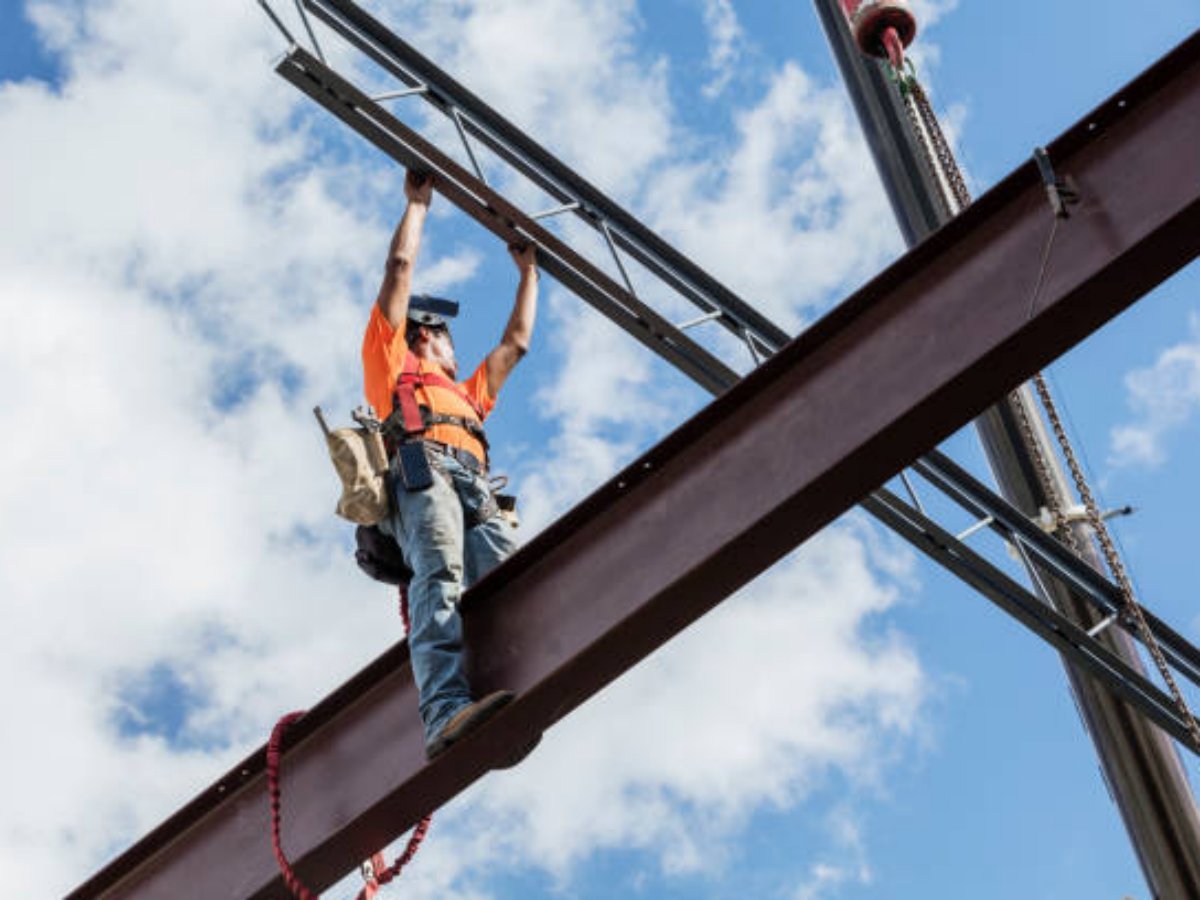The Versatility and Efficiency of Single Girder Crane
Introduction
A single girder crane is an essential lifting equipment used in various industries for material handling. It consists of a single beam, known as a girder, that supports a trolley and hoist. This type of crane offers versatility, reliability, and efficiency, making it a popular choice for many businesses. In this article, we will explore the features and applications of single girder cranes in different industries.
1. What is a Single Girder Crane?
A single girder crane is a type of overhead crane that consists of a single beam running along the length of the crane. The girder is supported by end trucks, which are equipped with wheels to allow the crane to move along the runway system. The trolley and hoist are mounted on the girder, enabling the crane to lift and move heavy loads.
2. Advantages of Single Girder Crane
Single girder cranes offer several advantages over other types of cranes:
- Cost-Effective: Single girder cranes are cost-effective due to their simpler design and construction compared to double girder cranes.
- Compact Design: The single girder design allows for a more compact and lightweight crane, making it suitable for facilities with limited space.
- Easier Installation: With fewer components and a lighter structure, single girder cranes are easier and quicker to install.
- Improved Hook Height: Single girder cranes provide better hook height, maximizing the available lifting space.
3. Applications of Single Girder Crane
Single girder cranes find extensive use in various industries:
3.1 Manufacturing Industry
In the manufacturing industry, single girder cranes are employed for lifting and moving heavy machinery, raw materials, and finished products across different stages of the production process. They improve operational efficiency and reduce manual labor.
3.2 Warehouses and Distribution Centers
Single girder cranes are widely used in warehouses and distribution centers for loading and unloading goods. They help streamline logistics operations and increase productivity.
3.3 Construction Sites
At construction sites, single girder cranes are utilized for lifting and transporting construction materials, equipment, and prefabricated components. They play a crucial role in the construction of buildings, bridges, and infrastructure projects.
3.4 Automotive Industry
In the automotive industry, single girder cranes are employed for handling heavy vehicle components, such as engines and chassis, during the manufacturing and assembly processes. They ensure smooth and efficient production operations.
4. Factors to Consider when Choosing a Single Girder Crane
When selecting a single girder crane for your specific application, several factors should be taken into consideration:
4.1 Load Capacity
Determine the maximum weight that the crane will need to lift. Ensure that the crane's load capacity exceeds your requirements to account for any potential future needs.
4.2 Span Length
The span length refers to the distance between the runway rails. Measure the available space and choose a crane with a suitable span length to ensure optimal utilization of the working area.
4.3 Duty Cycle
The duty cycle indicates the frequency and duration of crane operation. Consider the intensity of your lifting operations and choose a crane with an appropriate duty cycle to ensure reliable and long-lasting performance.
4.4 Hoisting Speed and Control
Evaluate the required hoisting speed for your application. Additionally, consider the control options available, such as variable frequency drives, to ensure precise and efficient load handling.
5. Maintenance and Safety Considerations
To ensure the safe and efficient operation of a single girder crane, regular maintenance and adherence to safety guidelines are crucial. Some key maintenance and safety considerations include:
5.1 Regular Inspections
Perform routine inspections to identify any signs of wear, damage, or malfunction. Regularly check the wire ropes, hooks, controls, and other components for any abnormalities.
5.2 Lubrication
Proper lubrication of the crane's moving parts is essential to minimize friction and prevent premature wear. Follow the manufacturer's recommendations for lubrication intervals and use the appropriate lubricants.
5.3 Operator Training
Ensure that operators receive comprehensive training on the safe operation of the single girder crane. They should be aware of the crane's load capacity, operational limits, and proper lifting techniques.
5.4 Safety Devices
Install necessary safety devices, such as limit switches, overload protection, and emergency stop buttons, to prevent accidents and protect both personnel and equipment.
6. Conclusion
Single girder cranes are versatile and efficient lifting solutions suitable for a wide range of industries. Their cost-effectiveness, compact design, and ease of installation make them a popular choice among businesses. By considering the specific requirements of your application and adhering to maintenance and safety guidelines, you can maximize the performance and longevity of your single girder crane.

